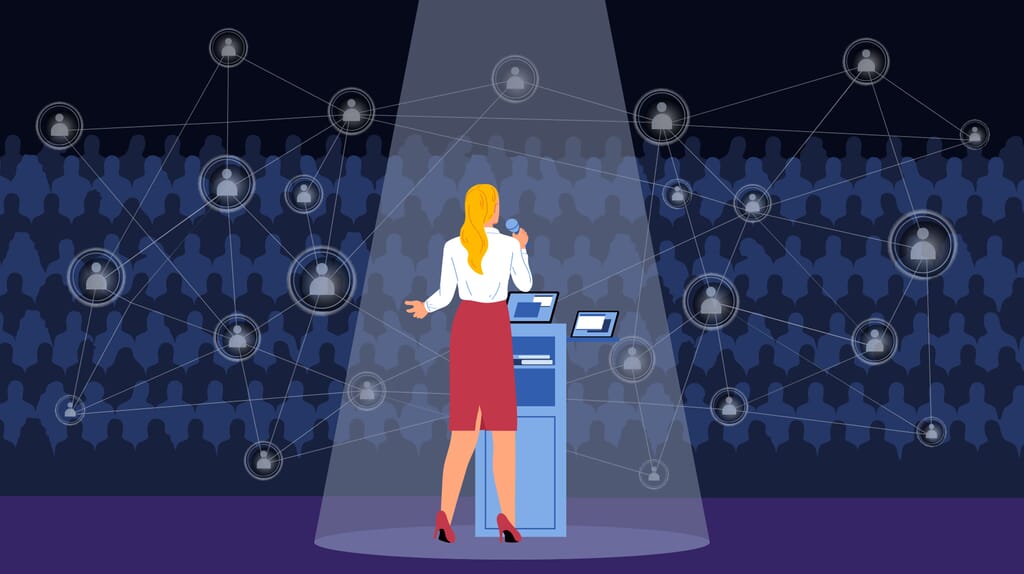Why newsletters are still winning the battle of the inbox
The best B2B and B2C newsletters continue to capture readers’ attention and create meaningful engagement even as email traffic gets ever higher.
Our relationship with email is a complicated one.
It’s indispensable to our lives and careers, but most of us fret that it absorbs far too much of our time. One Adobe survey found that people spend five hours per day on their email, Millennials even longer.
And yet email’s vast reach as an everyday reality for more than 4.3 billion people brings opportunities for profit. This includes email newsletters, in which companies try to engage their customers with updates and news.
Newsletters like these come in different shapes and sizes, popping up in our inboxes on a regular basis. Celebrating them as the most effective way of communicating with customers might come as a surprise to marketeers, especially younger ones, who are often more excited by social media.
It is true that platforms like Facebook, LinkedIn and Instagram have some advantages, especially their visual appeal and the potential for posts to go viral. But if the algorithms decide not to show your content, it won’t appear.

That’s not the case with newsletters, which offer a direct channel to your audience, with a lot more certainty that your message is getting through.
Returns on investment are typically better than social media as well, because newsletters report higher engagement rates. Research from Campaign Monitor (an email newsletter platform) claims open and click-through rates across the industry that are 5x and 6x better than Facebook respectively, for instance.
Another advantage is that newsletters are a better fit for business and finance audiences, where email is already the preferred method of communication.
Of course, none of this means that success is guaranteed – especially when your newsletters have to compete with thousands of other emails for attention.
How newsletters can win the battle of the inbox
Here are a few key points to consider in creating a successful one:
1. Have a clear strategy
A successful newsletter strategy starts out by defining the target audiences, how often you are going to contact them, and the ways in which you would like them to respond. As an example: is the goal to build awareness across the largest possible number of newsletter subscribers or do you prefer to focus on more targeted groups of recipients that deliver greater engagement in opens and clicks?
2. Get deliverability and design right
Your sender reputation needs to be pristine so that your newsletters aren’t siphoned off by junk filters. Once your newsletter arrives in your client’s inbox, the subject lines need to be direct and engaging to encourage readers to open.
“Your newsletter layouts are also crucial in grabbing attention and holding it.”
That means a clean and compelling design that renders effectively for smartphone, desktop and tablet formats.
Newsletters should also incorporate interesting photos and images, with titles that pique interest, and fonts that are easy to read.
3. Offer content that your customers want to read
It’s natural for companies to consider focusing on content linked to their business objectives in areas where they already have insight and experience to share. But the key tip is to concentrate on saying something interesting or useful to the reader rather than overdoing the corporate self-promotion or hard-sell.
Audiences are much more likely to appreciate articles and opinion pieces that improve their understanding of trends or topics, for instance, or that give them insights they can use in their jobs and lives.
Once you start sending out this kind of content, your newsletters begin to become brands in their own right. Customers recognise their value, look forward to receiving them, and recommend them to their friends.
That’s not to say that email newsletters cannot achieve more tangible commercial objectives too. Indeed, your campaigns should include calls-to-action that serve as new channels for making sales.
But the best strategies bring benefits that go beyond the transactional, creating conversations with your customers about topics that matter to them. And behind it all, it’s the content that counts most in delivering value to your audience and positioning your brand as a trusted partner.
If you’d like more information about how to use newsletters to win the battle of the inbox, please get in touch for our newsletter primer on creating content that impresses.






